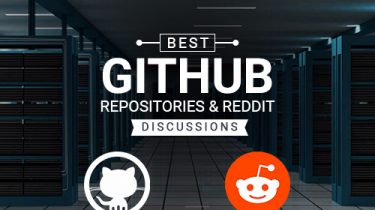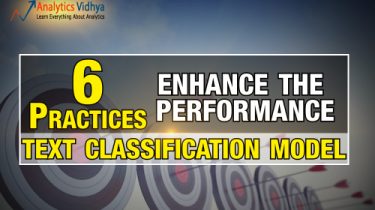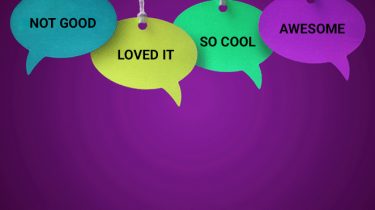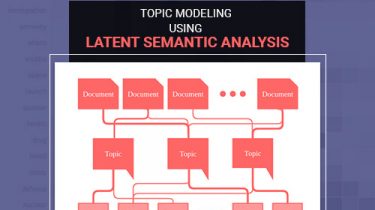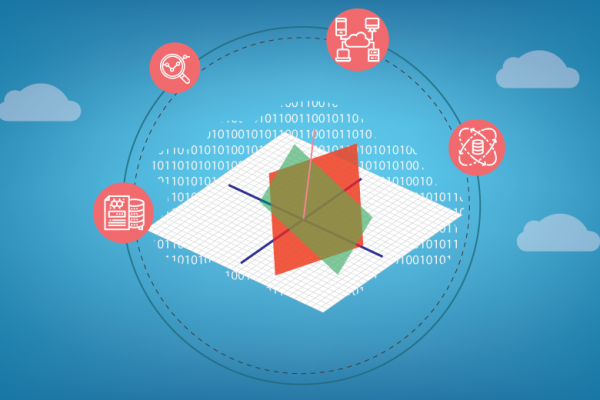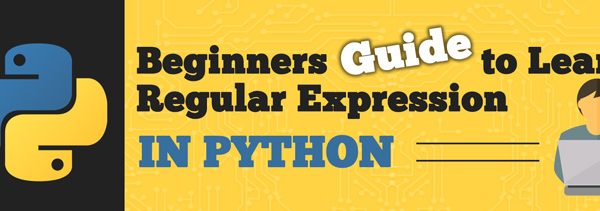Measuring Audience Sentiments about Movies using Twitter and Text Analytics
Introduction The practice of using analytics to measure movie’s success is not a new phenomenon. Most of these predictive models are based on structured data with input variables such as Cost of Production, Genre of the Movie, Actor, Director, Production House, Marketing expenditure, no of distribution platforms, etc. However, with the advent of social media platforms, young demographics, digital media and the increasing adoption of platforms like Twitter, Facebook, etc to express views and opinions. Social Media has become a […]
Read more

